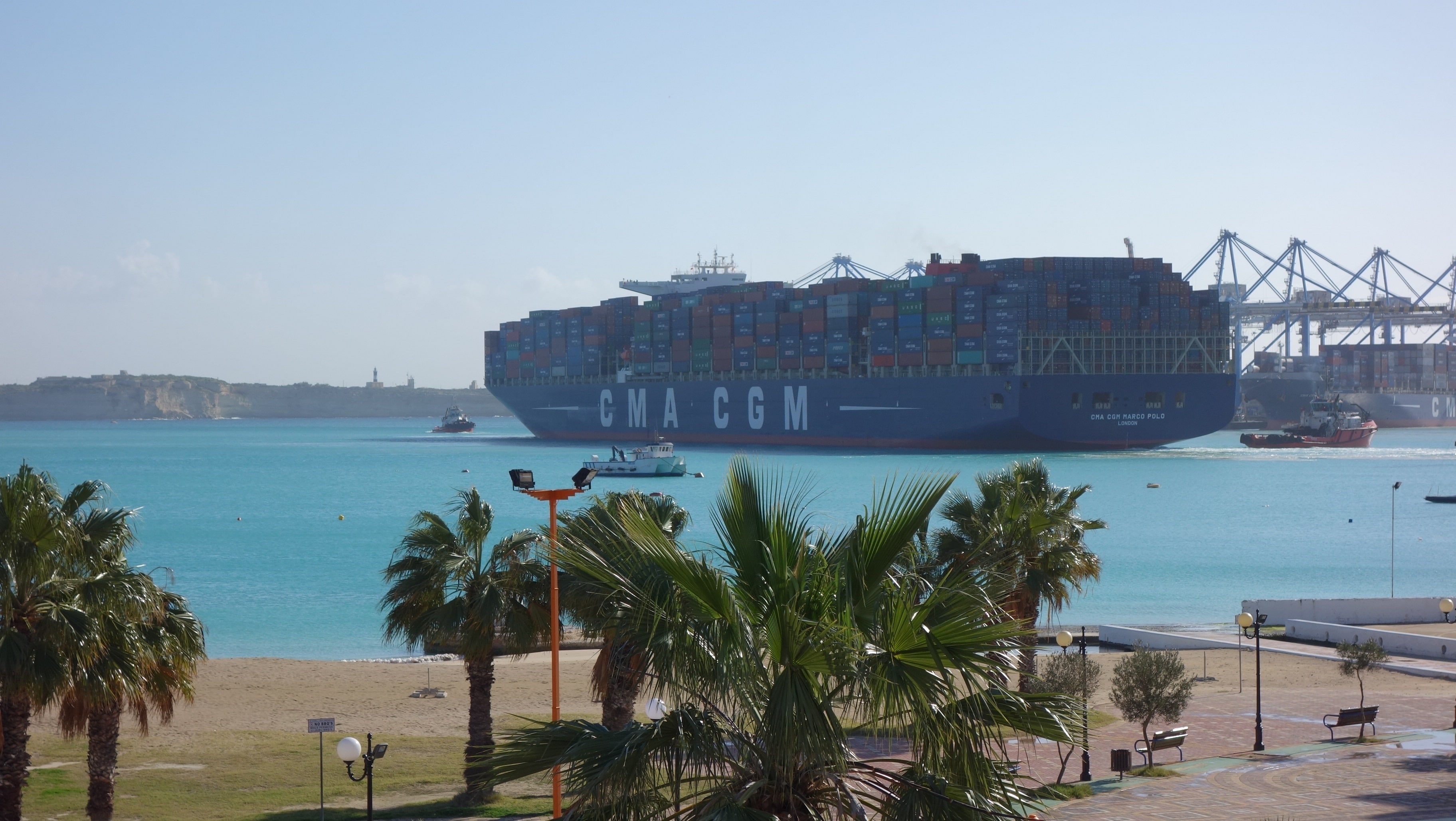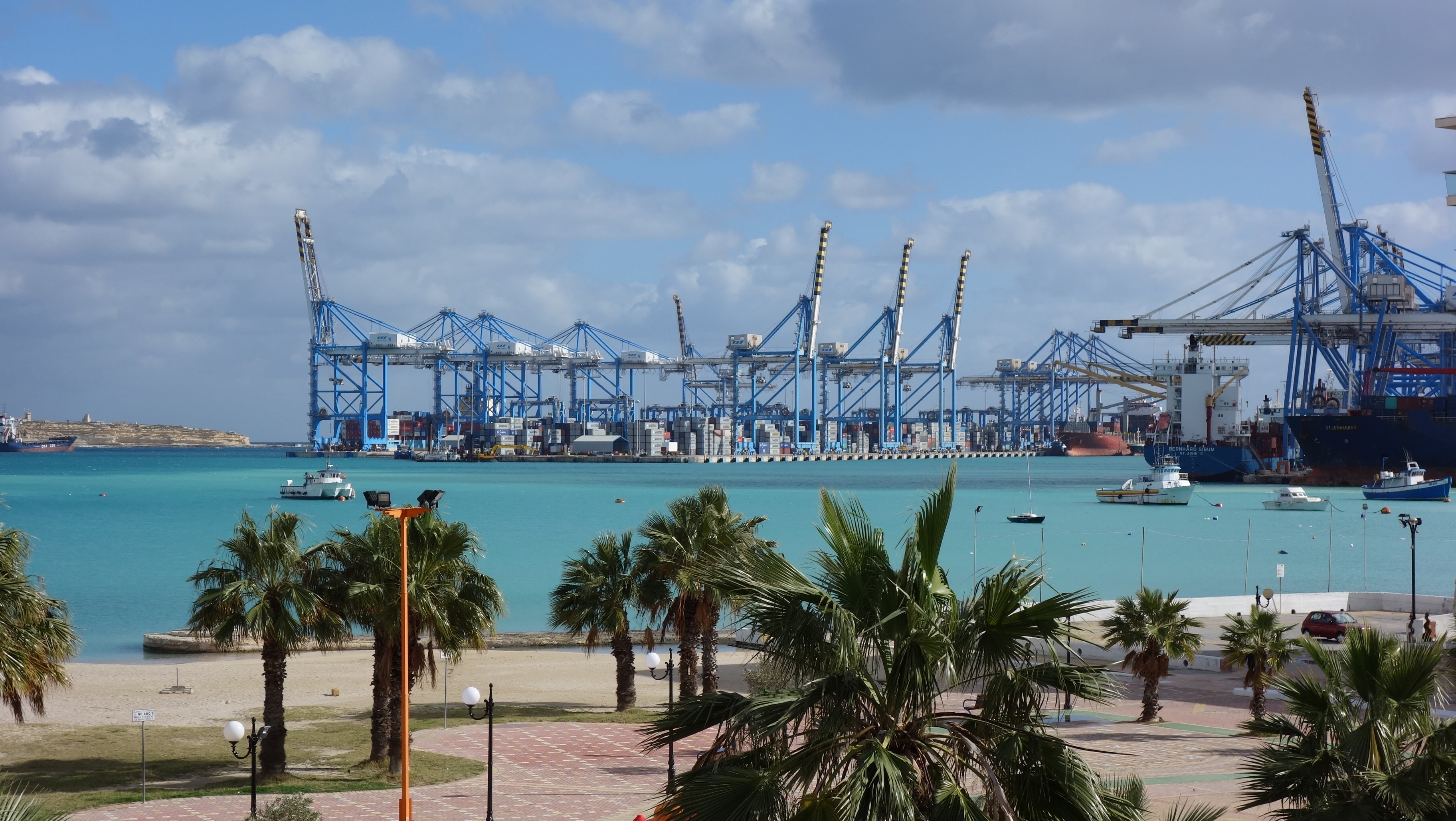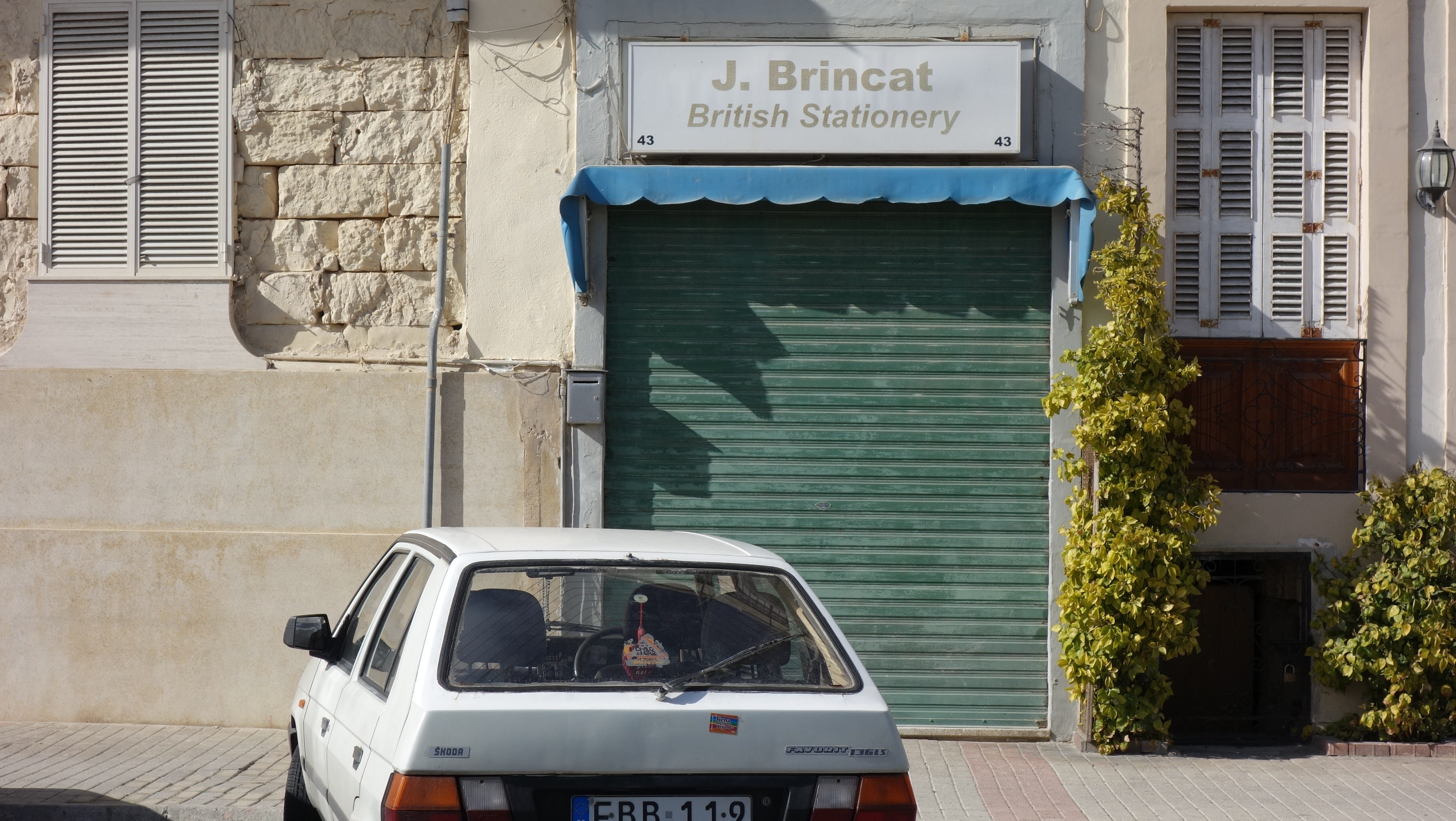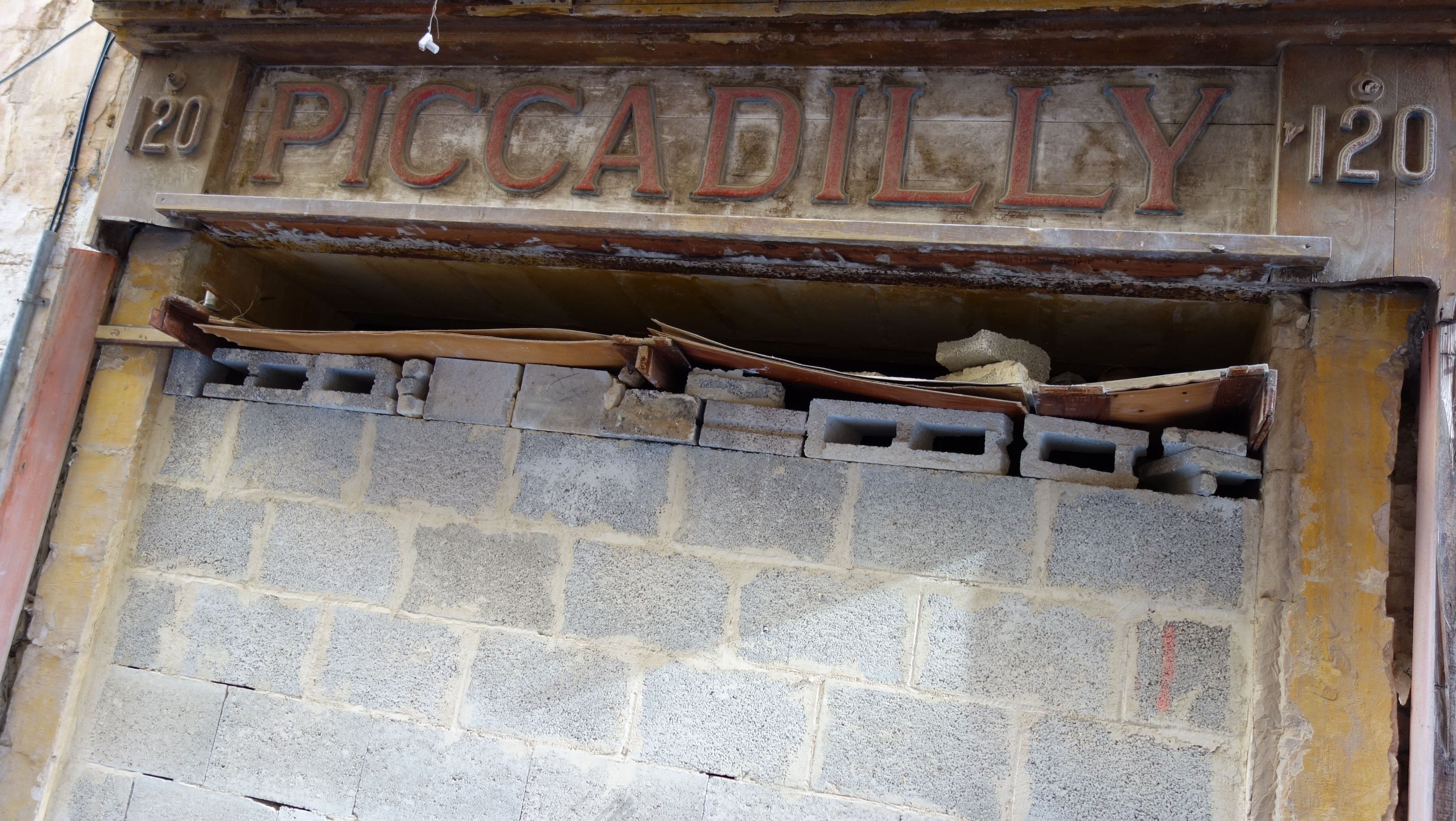Wake Up Your Saints
Travelling between worlds. First in London, when my Thameslink train from St Pancras is cancelled and I have to jump in a last minute taxi for Victoria Station and Gatwick express. Driving through half-empty streets of London before 5 am is always glorious, the absence of traffic letting you see buildings you never see but walk past several times a week. Going from the Judt-esque temple of the modern -a Victorian era frilly-industrial redstone meringue with grand interiors and good lighting- to the dishevelled mess of construction machinery, temporary offices in shipping containers, and hideous secret stairwells to your train is an interesting exercise in thinking through where infrastructure investment is made (or not).
The Gatwick Express train goes through the unlit city and the suburbs in the early morning dark – and so much passenger silence, and arrives in the glorified mall full of exhausted people that is the generic airport terminal. These sites of transportation are themselves interesting. What a difference between a temple of consumption -the modern airport- and this town I have now arrived in, with its anaemic presence in tourist guidebooks and beautiful Borgesian name, Birżebbuġa.
The map of Malta, the street signs, the Malti language, all make me feel as I have arrived in a strange world imagined by Borges, a kind of Mediterranean Uqbar (or its imagined mirror of Tlön). There is the lovely Hagar Qim and the Dark Cave of Ghar Dalam (which, well, literally means dark cave in Arabic). But it is the abundance of “Q”s in the names and the “x”s, and the Arabic absorbed into this Mediterranean soup that makes the place so familiar and unfamiliar at once. Add to that the strangely proud presence of very English-sounding shops and unmixed hot and cold taps in the hotel rooms (remember Jorge Luis Borges himself was a fanatical Anglophile).
The island -this fortified flat-top rock rising from a choppy sea- has that combination of the mythological and the mundane that makes a place fascinating: The Maltese falcons– not the film but the tribute paid by the Knights Hospitaller – and the Knights themselves and their Crusader histories; and the stories of “pirate” wars and sieges, of the Reconquista of the sea (which essentially entailed plundering North African and Ottoman ships).
And then there is the fact that Malta was used as a prison island -or a destination for forced exile- by the British during the 19th century (not to mention the first prisons built by the British on the island were modelled after Pentonville prison in London, complete with forced labour as something that improved the imprisoned natives). Egyptian nationalist Saad Zaghlul spent some forced exile time here before being sent to Seychelles (I have written about the wide-spread colonial uses of these island prisons elsewhere). A couple of the founders of the Khilafat movement in India had also spent some time in forced exile in Malta between 1917 and 1920, while a number of Ottoman government and military elite were transferred to Malta for two years between 1919 and 1920 from Istanbul.
But back to Birżebbuġa. The little town is described dismissively by Lonely Planet as a “dormitory town for port-workers.” Which is why I am here in the first place. And listening to people speak in this beautiful language which sounds like Arabic and reads like Arabic (once you learn how to read the idiosyncratic lettering) but which also is unapologetically Italian: “buongiorno” and “ciao”, but also “aiwa” – as in “yes”- and roads called “triqs” (my favourite is the main promenade in Valletta which is called Triq ir-Repubblika… I love that irresistibly Arabic definite article “ir”). The restaurants and cafes all seem to have multiple televisions on, and the one I had lunch at today had BBC World Service, RAI (Italian channel) and Fox Movies with Arabic subtitles showing simultaneously (with only the BBC’s sound not muted). The town is overwhelmingly masculine, and I am not sure that my hotel -which serves the sailors about to board ships at the port- has any women guests other than me. This adds to the surreality of the place. You glance in the window of the restaurants and the place is full of tables of southern European (looking) men eating together and what looks like Filipino sailors eating alone. I have been chatting with restaurant waitresses and they tell me that during the week the men arriving to go aboard ships go out drinking at bars at night, and it is true that the few bars I have walked by seem to be heaving with young(ish) men.
The container port itself opened up in 1988 and it is primarily a transshipment port handling nearly 3 million TEUs annually. The port is operated by CMA CGM (under a 30-year concession granted in 2004 and extended to 65 years in 2008) and in partnership with the Yildirim Group of Turkey and China Merchants Holdings. 
My ship, which was supposed to arrive at 8.00 on the morning of 3 Feb is now scheduled for 5.00 on 4 February. So I have spent the day exploring this strange little sleepy town adjacent to the container port and going off to Valletta which is as different as one can imagine from a working port. If this place is a living city, Valletta is a beautiful (almost too beautiful) jewel of a town with really superb restaurants and a lot more women.
I have been staring at the CMA CGM ships berthing at the port and longing for my ship to come. I am ready -anxiously, fervently ready- to board CMA CGM Corte Real. Apparently there is a Marseillais passenger also boarding at the same time, so I shan’t be the only passenger, but I still suspect I shall be the only woman.
P.S. I am endlessly listening to music as I wander around, so the rather random titles for these posts over the next couple of weeks are acting for me as a mnemonic aid – reminding me of the mood of the moment. They will have very little to do with the subject of the post.



